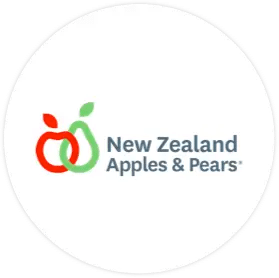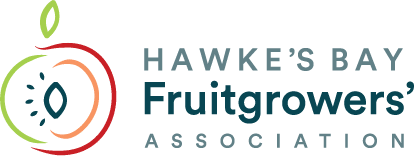
Alan Pollard, Chief Executive, New Zealand Apples & Pears
I had the privilege of attending the recent HBFA awards night. Congratulations to all involved in putting the event together and for making it a great celebration of achievement and recognition. It is encouraging to see so many people choosing horticulture as a career and pursuing qualifications to support this. Our future work force relies on there being access to a motivated and skilled pool of talent, and I acknowledge the work that HBFA does in partnership with training providers and employers to facilitate this. With serious constraints on our labour supply set to continue into the future, the attraction retention and development of people in the industry has never been so important.
The apple season is now underway, and the main topic remains access to labour, particularly as we prepare to hit our peak over the next few weeks. The impact of the government policy settings is now becoming more evident. The NZAPI team is managing the return of the 2,000 RSE workers approved under a special border exception. At the time of publishing this newsletter eight flights will have landed in New Zealand, and workers on the first four flights will have cleared quarantine. A change in government policy over Christmas has made it less likely that the few working holiday visa holders that remain in New Zealand will choose to work in our regions. And, it is increasingly clear that, despite the government narrative, there are just not enough kiwis available through the MSD system to make any tangible inroads to our labour shortage. NZAPI and employers are continuing to use whatever avenues are available to find workers, but the deficit remains large and the situation serious. I attended a presentation by the Minister of Economic and Regional Economic Development, Hon. Stuart Nash, where he was lauding the work that the government has done to support the regions, and yet we have such a serious situation emerging in his own region (and other regions across the country) that he appears oblivious to.
As I write this, New Zealand has been plunged back into Alert level 3 for Auckland and Alert level 2 for the rest of the country. This shows just how fragile our situation is and how our reliance on a safe border is just as much good luck as good management. Unlike the last Auckland lock down, the southern border has been set at Mercer and Waikato River. Workers involved in freight, food and drink production, processing and supply are permitted to cross as is freight, but businesses must register individual employees on the MBIE website.
For level 2, the rules are as follows:
- One metre social distancing in work places; 2m in public spaces and retail. Must wear a mask if social distancing isn’t possible.
- Businesses must display a QR code or an alternative method of recording a visit
- Must scan QR code or sign in when accessing a business or other space
- You can’t travel to a region with a higher alert level i.e. to Auckland
- Full hygiene practices (hand washing, coughing or sneezing into your elbow). Regularly disinfect shared surfaces
- Masks on all public transport and planes
- No more than 100 people at any one event or gathering
- Staff feeling unwell should stay home and isolate; those staff most at risk should stay home
Note: Businesses should be prepared for an increase in Alert levels. All businesses should refamiliarise themselves with the requirements that were put in place under the Alert level 4 lockdown in March last year, and be prepared to implement these again at short notice.






